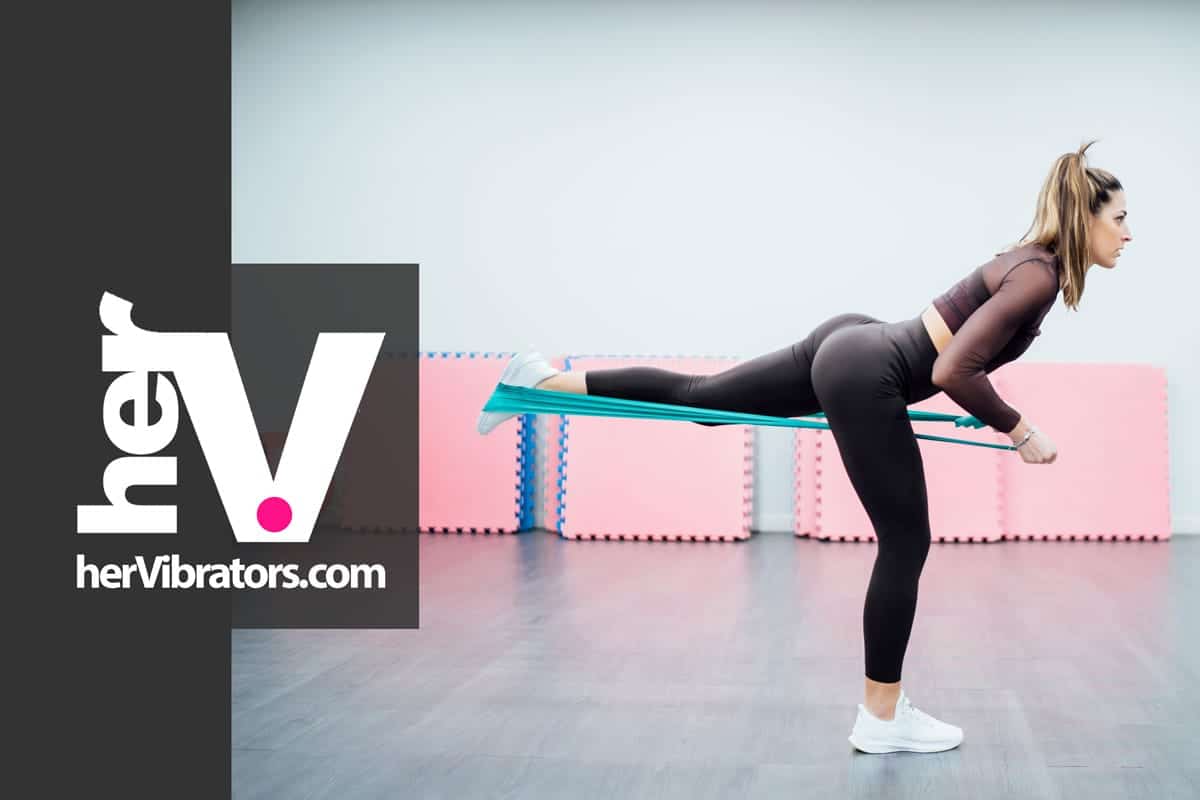Understanding Kegel Exercises:
nnKegel exercises were first introduced by Dr. Arnold Kegel in the 1940s to help women strengthen their pelvic floor muscles and address issues like urinary incontinence. Over time, the importance of Kegel exercises has extended beyond women’s health, as they are now recognized as beneficial for men as well.nnThe primary focus of Kegel exercises is on the PC muscles, which form a hammock-like structure supporting the pelvic organs, including the bladder, uterus, and rectum. Strengthening these muscles can contribute to better bladder control, improved sexual function, and enhanced overall pelvic health.nnStep-by-Step Guide to Kegel Exercises:
nnIdentify Your Pelvic Floor Muscles:
nnBegin by understanding which muscles you need to target. The easiest way to identify your pelvic floor muscles is to stop the flow of urine midstream. The muscles used to do this are your PC muscles.nnnnFind a Comfortable Position:
nKegel exercises can be done in various positions, such as sitting, standing, or lying down. Choose the position that feels most comfortable for you.nnEmpty Your Bladder:
nBefore you start your Kegel exercises, it’s advisable to empty your bladder to ensure accurate muscle engagement.nnContract Your PC Muscles:
nSqueeze your PC muscles for about 5 seconds, then relax for another 5 seconds. Repeat this contraction and relaxation cycle 10 to 15 times.nnGradually Increase Duration:
nAs your muscles become stronger, gradually increase the duration of the contractions. Aim for 10-second contractions with 10-second relaxation periods in between.nnCreate a Routine:
nIncorporate Kegel exercises into your daily routine. Aim for at least three sets of exercises per day, with increasing repetitions as your muscles become more accustomed to the routine.nnHarvard University Insights on Kegel Exercises and PC Muscle Care:
nHarvard University has extensively researched and documented the benefits of Kegel exercises, shedding light on their effectiveness for various health concerns.nnUrinary Incontinence:
nAccording to Harvard Medical School, Kegel exercises are a first-line treatment for stress incontinence in women. These exercises help strengthen the pelvic floor muscles, reducing the likelihood of accidental urine leakage.nnEnhanced Sexual Function:
nHarvard Health Publishing emphasizes that Kegel exercises can contribute to improved sexual function by increasing pelvic muscle strength. This can lead to better arousal, orgasm, and overall sexual satisfaction.nnPostpartum Recovery:
nFor women who have recently given birth, Kegel exercises can aid in the recovery of pelvic muscles. Harvard Women’s Health Watch recommends these exercises to promote healing and prevent issues like urinary incontinence.nnProstate Health:
nHarvard Medical School acknowledges the benefits of Kegel exercises for men, particularly in maintaining prostate health. Regularly practicing Kegel exercises can help prevent or manage issues such as benign prostatic hyperplasia (BPH) and improve urinary function.nnConclusion:
nIn conclusion, incorporating Kegel exercises into your daily routine can significantly contribute to pelvic health and overall well-being. This step-by-step guide provides a comprehensive overview of how to perform Kegel exercises correctly, ensuring you reap the maximum benefits.nnDrawing from Harvard University’s extensive research, it’s evident that Kegel exercises are a valuable and versatile tool for addressing various health concerns, from urinary incontinence to sexual dysfunction. By dedicating a few minutes each day to these exercises, you can take proactive steps towards maintaining a healthy pelvic floor and enjoying a higher quality of life.n



























